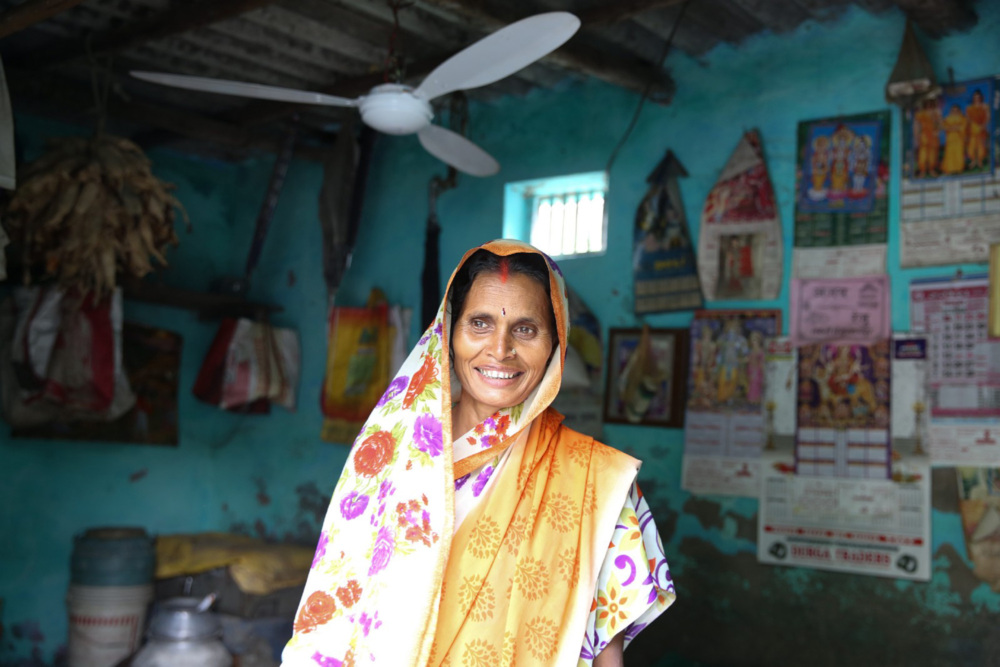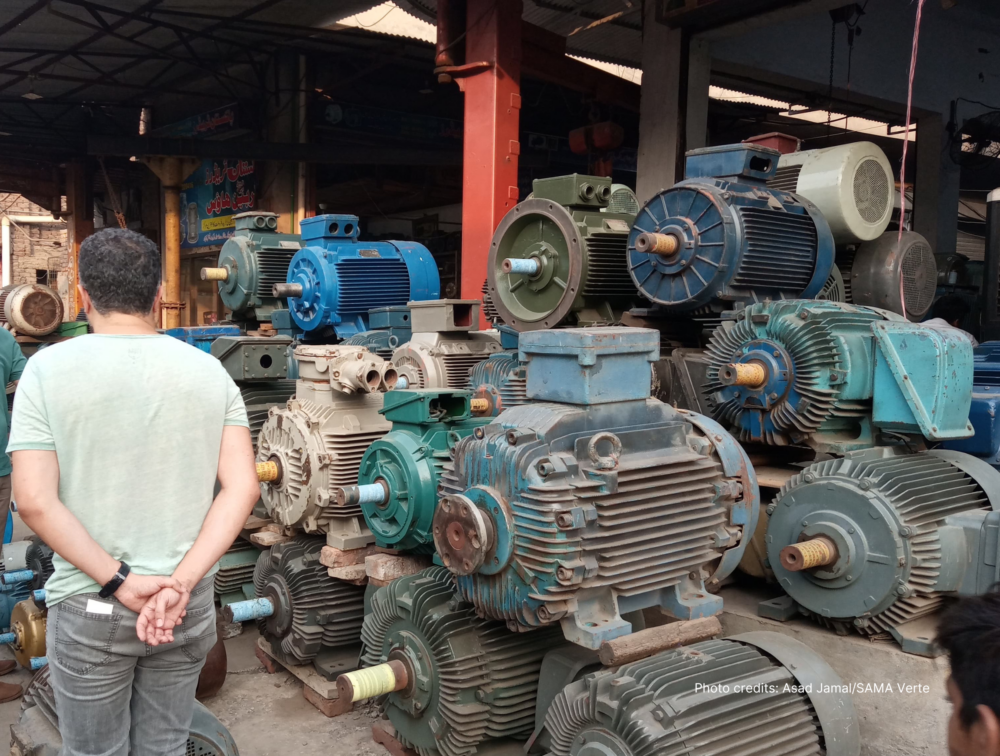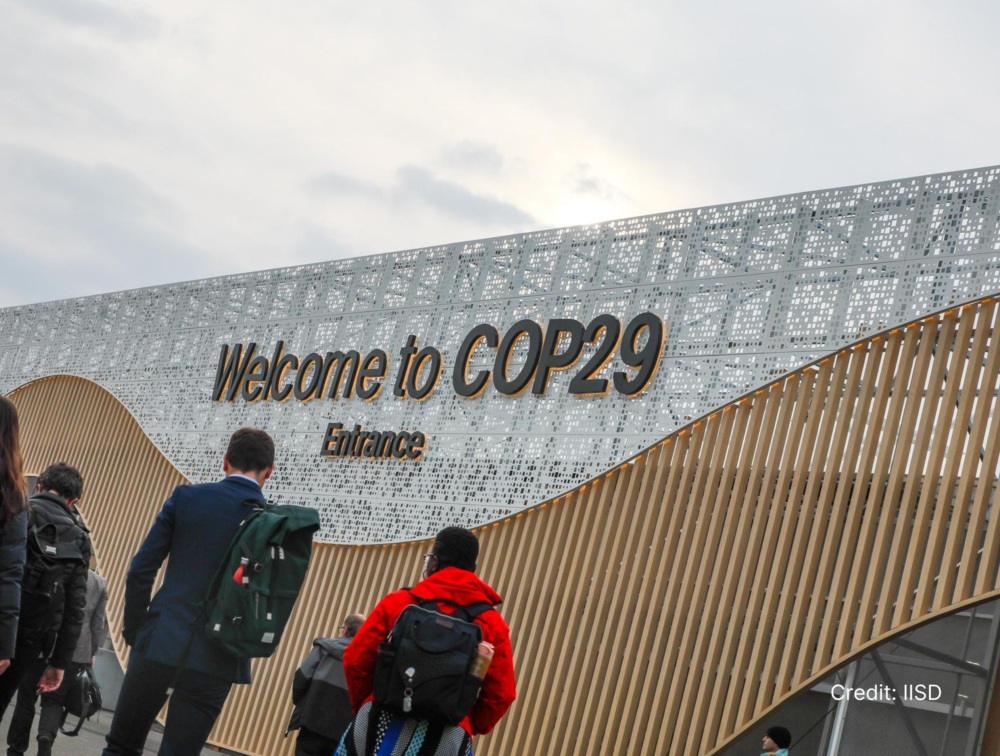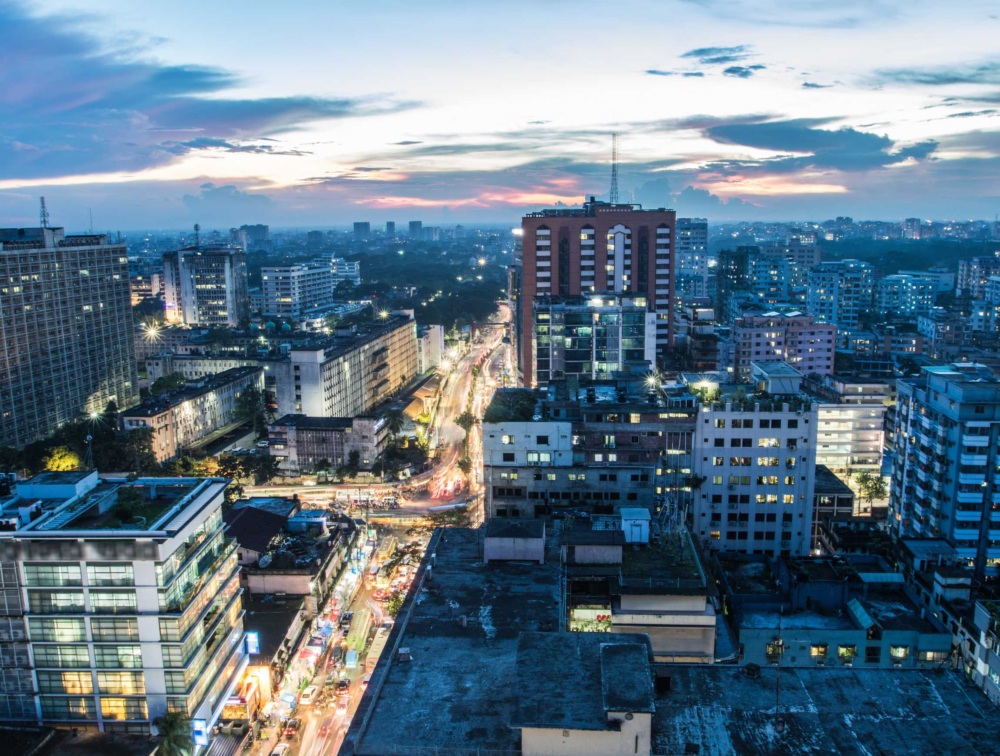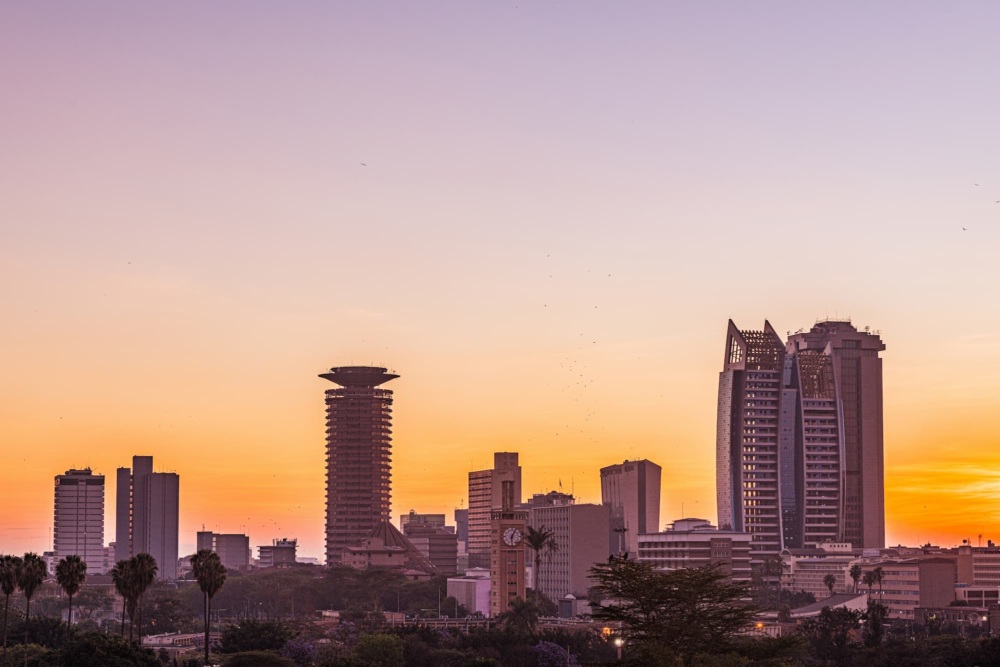Paving Pakistan’s Pathway to Efficient Cooling
As Pakistan’s cooling demand soars, CLASP is supporting the country’s first Cooling Action Plan to give communities access to efficient cooling appliances while controlling emissions and reducing the strain on power grids.
Pakistan endures some of the highest temperatures in the world, however access to adequate cooling technologies and appliances, vital for health and productivity, remains low. In fact, Pakistan is one of nine critical countries with the highest risk of negative effects from lack of cooling.1
To address this, CLASP and local partner, SAMA^Verte are supporting the Government of Pakistan to develop the first integrated cooling strategy, Pakistan Cooling Action Plan (PCAP) to promote energy-efficient cooling and reduce greenhouse gas emissions.
Goals of the Pakistan Cooling Action Plan
PCAP is being implemented until 2030, with the ambition of fostering a sustainable cooling ecosystem for Pakistan. It aims to manage the growth of cooling-related energy consumption and minimize possible environmental impacts, such as direct and indirect greenhouse gas emissions that are expected to increase by about 25% by 2030, if not addressed. The PCAP will define Pakistan’s cooling ambitions and serve as a national strategy to prioritize and coordinate cooling sector activities by accommodating present and future cooling needs, such as energy efficiency standards, inefficient appliance replacement programs and use of refrigerants with lower global-warming-potential (GWP).

Developing a National Cooling Action Plan
PCAP is a priority for Pakistan’s revised Nationally Determined Contributions (NDCs). NDCs are climate action plans to cut emissions and adapt to climate impacts. Each of the 193 countries that signed up to the UN Paris Agreement in 2015 is required to design and submit these to the UN. Pakistan submitted a plan in October 2021. To establish a baseline of the country’s cooling needs, a comprehensive, data-driven Cooling Needs Assessment (CNA) was conducted by CLASP and SAMA^Verte with support from the Ministry of Climate Change – these findings significantly contributed to the development of PCAP.
To facilitate a collaborative plan and gather inputs from various stakeholders, a PCAP Working Group (WG) was established. Members included representatives from key ministries, provincial departments, industry associations, and SAMA^Verte who identified the main priorities for PCAP:
- Accelerating a national market transition to high-efficiency cooling appliances,
- Moving the cooling sector to lower-GWP refrigerants, and
- Increasing access to areas with no or minimal electricity access.
How will PCAP benefit Pakistan?
PCAP aims to increase access to cooling for more than 3 million people residing in off-grid and weak-grid areas across Pakistan. A complete and timely implementation of PCAP would reduce mitigation by 46 TWh, and mitigate 272 MtCO2e of direct and indirect emissions (from 2024-2030).2
PCAP is being finalized for the submission to the government of Pakistan later in 2023.
The development of the Pakistan Cooling Action Plan is supported by the Clean Cooling Collaborative.
Feature image credits: THETHIRDPOLE/Zofeen T Ebrahim
0. https://www.seforall.org/system/files/2022-07/seforall-chilling-prospects-2022.pdf
1. Comprising 5 Mt CO2e in direct emissions and 23 Mt CO2e in indirect emissions


